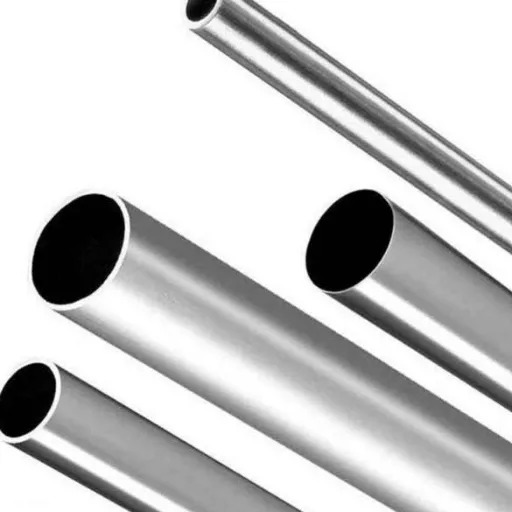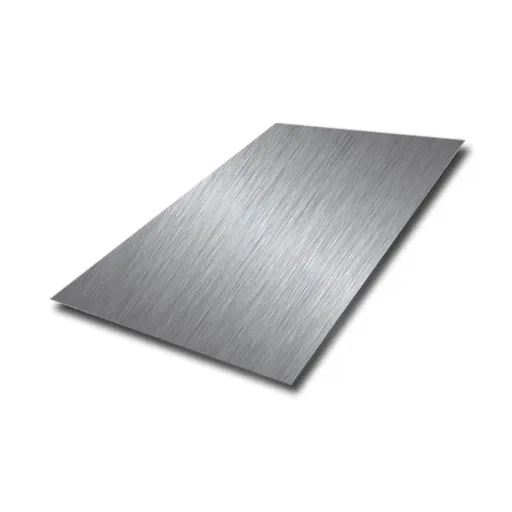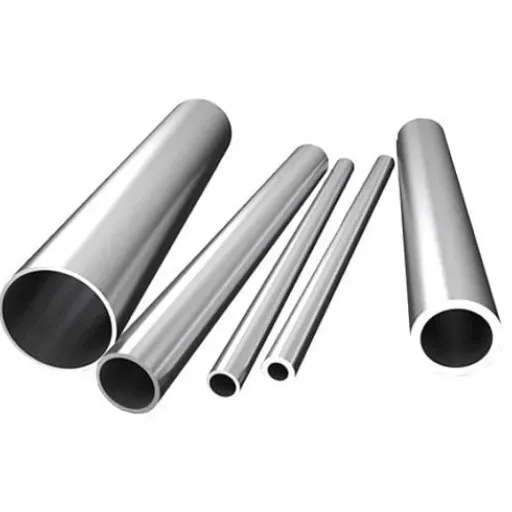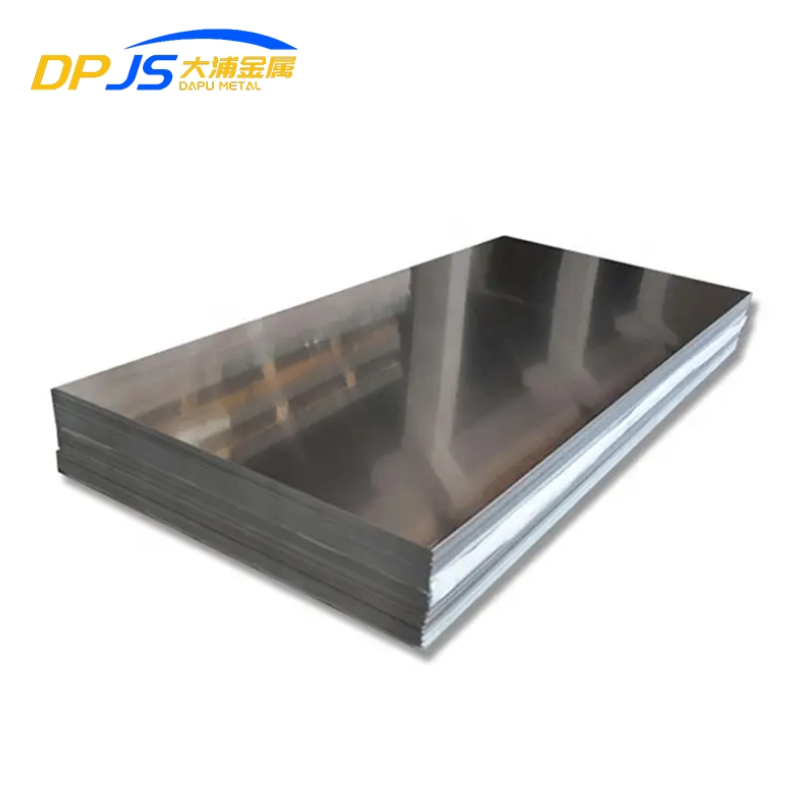In the realm of cookware, choices of materials can literally make or break an occasion where you are cooking; it can also affect the way food turns out, and even have an effect on your health. Cast iron and stainless steel are two of the most widespread kinds of cookware, both being tough, reliable, and versatile, but which one is healthier? This article will delve into the particularities of the two materials by describing how they chemically interact with food, the nutritional implications of the two, and some practical considerations pertaining to their pros and cons. If you were just on the fence about foregoing or investing in a new cast iron pan instead of relying on your stainless steel one, we hope this guide goes a long way in giving you an informed perspective on the matter. Join us as we dissect the science, utility, and health issues involved in these two heavyweight contenders.
What are the Health Benefits of Cast Iron Cookware?
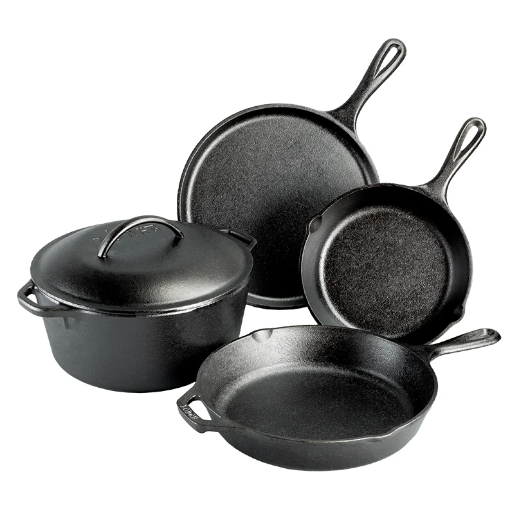
Cast iron cookware comes with several significant health benefits. The main one would be that it makes food richer in iron naturally; the other is really about a nonstick cooking surface that requires no chemical coatings to be applied, an advantage over conventional nonstick pans, which might release toxic substances when overheated. Also, they afford you the kind of nonstick-ness that has the pan seasoned thinly with oil- the more it is used, the better it will cook with minimal oil or butter. And thus, cast iron has become a functional choice for everyday cooking, one that appears on the durable and healthy balance.
How Does Cooking with Cast Iron Affect Iron Intake?
As a result of cooking in cast iron, the iron content of these foods is increased, which surely comes to be of great benefit in preventing or combating iron deficiency. The process makes use of the acidity or moisture content of some ingredients such as tomato sauces or soups; when the food is cooked in the skillet, a tiny quantity of iron gets released from the skillet’s surface into the food. However, from the information gathered in studies, the amount of iron transferred from the cast iron skillet to the food depends on several factors, such as the acidity of the food, the length of time the food is being cooked, and whether the cast iron skillet is well-seasoned or less seasoned. To make it clear, less-seasoned cookware tends to release more iron as compared to well-seasoned cookware. Whatever food is prepared in cast iron is capable of absorbing iron in just a small trace to as much as a 20% increase of iron; the exact amount depends on the above factors. This accidental absorption of iron could be a great alternative source of iron for those with an increased need for iron, such as pregnant women, growing children, or individuals suffering from anemia.
Are There Any Risks with Cast Iron Cookware?
- Excessive Iron Intake
For people who are diagnosed with this disorder called hemochromatosis, in which the body will absorb and store too much iron, cast iron cookware can aggravate their iron overload. Excess dietary iron can bring about health issues such as liver damage, heart problems and diabetes.
- Leaching of Iron Into Food
Iron leaching from the cookware, beneficial for the majority with low levels of iron, can make acid foods served on them taste metallic, particularly when the iron pan is incorrectly seasoned or is used for dishes with high acid content like tomato-based sauces or citrus stir-fries. The leaching also can be altered by how long one cooks and the amount of moisture contained in the food.
- Reactivity with Acidic Foods
Cast iron is reactive with highly acidic ingredients. If acidic foods are cooked in cast iron for any appreciable length of time (tomato sauces being a perfect example), not only will the food taste metallic and unpleasant, but the pan’s seasoning layer will start breaking down as well. These effects over time, and if the pan is never properly re-seasoned, could eventually ruin the cook.
- Weight and Handling Risks
Cast iron cookware is heavy in comparison to aluminum or even stainless steel. If the weight is considered too much by, say, an elderly or infirm person, there may perhaps be a risk of injury while handling the cookware. Besides that, mishandling, dropping, or otherwise abusing the pan can cause damage to the surfaces of countertops or floors.
- Risk of Poor Maintenance
How Does Stainless Steel Cookware Compare in Terms of Health?
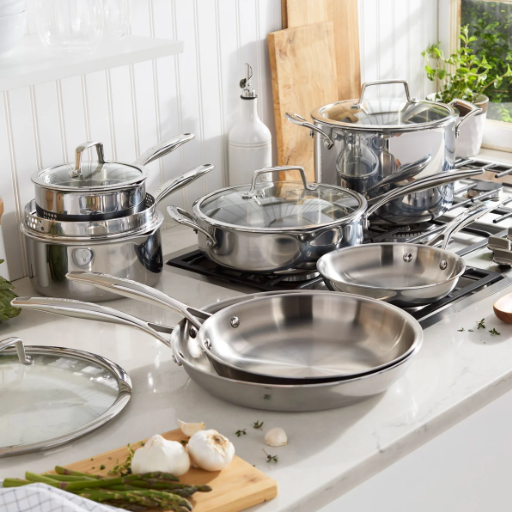
Stainless steel cookware generally enjoys the good reputation of being a safe and healthy option for cooking. It does not need seasoning, contrary to cast-iron cookware. It rejects any corroding action as long as there is no undue condition raised by an alien photographer. Stainless steel of good quality, commonly 18/10 for cookware, is made not to react with acid or alkaline food so that contamination may pass with the least possibility. A possible threat to metal sensitivities causing trace amounts to leach when low-quality steel or cooking at too high a temperature is, nevertheless, few nickel or chromium ions. Cure it with cleaning and avoid abrasives to keep the surface non-reactive. This places it under one of the healthiest and easiest silicone options for cooking.
Is Stainless Steel Cookware Safe for Cooking?
Apache stainless steel cookware is acknowledged as the most non-reactive and the safest among cookware. It is developed to be able to handle considerable temperatures without corrosion when confronted with either acid or alkaline ingredients used commonly for cooking. Modern stainless steel products are often made with food-grade stainless, such as 304 or 316 stainless steel, in order to minimize leaching of elements, especially nickel or chromium, under normal cooking conditions.
Nickel and chromium went below the so-called dangerous level for almost everyone in many studies, even in prolonged use. Cookware with titanium coating or 100 percent nickel-free stainless steel may be considered by those who have such an allergy. Aside from the safety, stainless steel is superb in heat distribution and durability, giving a very consistent cooking performance. Proper care, like avoiding abrasive cleaners, will get good years of performance out of these pans.
What Are the Advantages of Using Stainless Steel Pans?
- Durability and Longevity: Resistance to corrosion, rusting, and staining make stainless steel truly durable to fulfill its usable timeframe in everyday performance and keep its handsome appearance. They are best chosen in an ambiance that provides heavy usage. For example, restaurant kitchens.
- Excellent Heat Conductivity (with Clad Construction): Two layers of stainless steel enclose aluminum or copper in the core; in this way, stainless steel is said to have excellent heat conductivity. This conveys excellent heat distribution and good control over temperature.
- Non-Reactive Surface: Unlike some other materials, stainless steel does not react with acidic or alkaline foods. This feature ensures that the taste and quality of recipes remain unaltered, even with ingredients like tomatoes or vinegar.
- Low Maintenance: To clean and maintain the stainless steel pans is a relative thing. Most of them are dishwasher safe and can resist strength of scrubbing and high heat, though handwashing is best for keeping its finish.
- Versatility: Acts well through ne’er-do-wells the techniques of searing, sautéing, frying, and even baking in the oven (if their handle is oven-safe). Additionally, the appeal grows as they can run on different types of stovetops, including those using induction.
Cast Iron or Stainless Steel: Which is Better for Healthy Cooking?
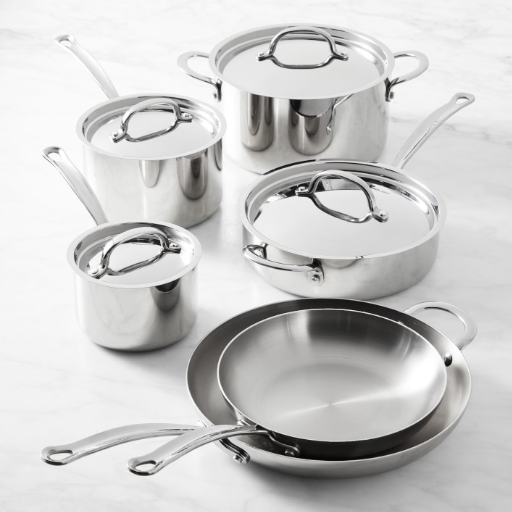
Both cast iron and stainless steel present good options for healthy cooking, each with its own peculiarities.
- Cast Iron: Cast iron pans hold and disperse heat perfectly and evenly-the best environment for searing and frying. They can, trace amounts, release dietary iron into the food, which may be useful for people with iron deficiencies. But they need to be handled well so that they don’t rust and maybe released too much iron in the case of people with an existing high level of iron.
- Stainless Steel: Stainless steel pans do not react with acids, thus they do not impart any taste alteration or nutrient loss to tomatoes.Their light weight makes them easier to clean and maintain when compared to cast iron pan which requires quite some upkeep. Also, they do not put heavy metal content on food, which enables them to meet wider requirements of diets.
Ultimately, the best choice depends on individual cooking habits and dietary considerations. For those who value durability and iron supplementation, cast iron is ideal. For versatility and minimal upkeep, stainless steel is superior.
What Cooking Styles Work Best with Each Type of Cookware?
Through cast iron pans, you can implement steam frying, searing, and baking requiring high retention and constant heat distribution. Cast iron skillets are good for creating an even crust on steaks and even browning cornbread. Plus, because it retains a steady temperature, the cast iron skillet works great for slow cooking stews or braises.
Stainless steel is, in contrast, most suitable for work that entails either quick changes of temperature or handling of acid ingredients. The non-reactive nature of its surface does not allow the flavor of any base to be changed in the making of delicate sauces for the sauté of vegetables or for pan-searing of fish. In view of this, stainless steel heating is perhaps the best method for deglazing, a crucial step towards a great pan sauce. Hence, both cookware types are suitable for specific techniques, which allows for the best performance in a variety of kitchen scenarios.
How Do Cast Iron and Stainless Steel Compare in Even Cooking?
When evenly compared between cast iron and stainless steel, the two primary factors considered under heat distribution and retention. Cast iron is well-known for holding the heat for an extended period, which is necessary for searing meat or slow cooking stew. Heat distribution, however, under initial circumstances, is pretty uneven in cast iron, meaning it needs more time to heat up fully when compared to stainless steel.
What Should You Consider When Choosing Between Cast Iron and Stainless Steel?
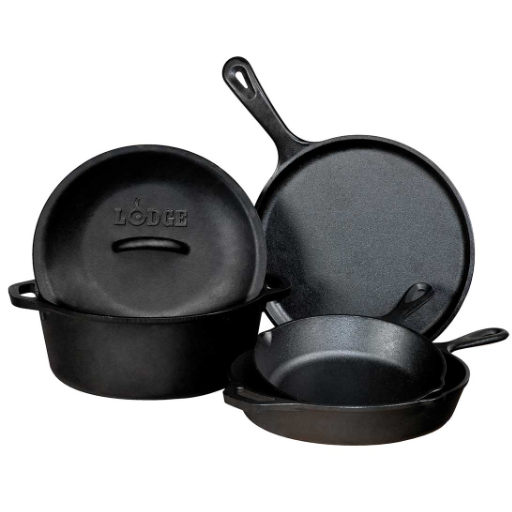
- Heat Retention and Distribution
Cast iron keeps heat superbly for slow cooking, frying, and searing, but stainless steel is more responsive to heat and suitable for gentle jobs such as sautéing or simmering.
- Maintenance Requirements
Cast-Iron requires seasoning very frequently so that it does not rust and that its surface retains the pan’s resistance to sticking-and stainless steel is easy to clean, requiring no seasoning to give you a lifetime of low-maintenance service.
- Cooking Method
In an oven at really high temperatures or for a really high sear, cast iron would be a better option because it would sustain those temperatures much better, whereas stainless steel is better for precise techniques, such as deglazing and making a pan sauce.
- Weight and Maneuverability
Those that value nice, light cookware might consider the heft and awkwardness of the cast iron. Stainless steel is far lighter and much more useful in an everyday kitchen.
- Compatibility
Both materials work on most stovetops, though stainless steel is usually better suited to induction cooktops unless the cast iron base is 100% flat.
Compare the Differences: Cast Iron and Stainless Steel
|
Key Point |
Cast Iron |
Stainless Steel |
|---|---|---|
|
Heat Retention |
Excellent, holds heat exceptionally well |
Good, but loses heat faster |
|
Heat Distribution |
Uneven, requires preheating |
Even, ensures consistent cooking results |
|
Durability |
Extremely durable, lasts generations |
High durability, resistant to corrosion |
|
Maintenance |
Requires seasoning to stay non-stick |
Low maintenance, dishwasher safe |
|
Reactivity |
Reacts with acidic foods |
Non-reactive, safe for all food types |
|
Weight |
Heavy, can be challenging |
Lightweight, easier to handle |
|
Cooking Surface |
Can become naturally non-stick over time |
Typically requires oil for non-stick use |
|
Versatility |
Oven-safe, great for high heat cooking |
Highly versatile, suitable for all methods |
|
Cost |
Generally affordable |
Can be more expensive on the higher end |
|
Aesthetic Appeal |
Rustic, traditional appearance |
Modern, sleek design |
|
Induction Compatibility |
Works if base is flat |
Typically ready for induction cooktops |
|
Temperature Tolerance |
Handles extreme heat conditions |
Performs well but sensitive to warping |
|
Cleaning |
Hand wash recommended, avoid soap |
Easy to clean, dishwasher safe option |
|
Longevity |
May last a lifetime with care |
Long-lasting, though may show wear over time |
How Do Cost and Maintenance Compare Between the Two Cookware Types?
Are There Any Health Risks Associated with Cast Iron and Stainless Steel?
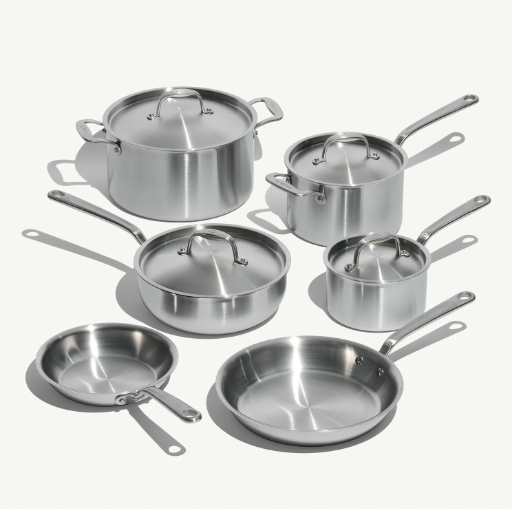
Can Cooking with Cast Iron Lead to Excess Iron Intake?
Cooking in a cast iron cookware may indeed amplify the iron content of food, as there is some minute leaching of iron into food during cooking. The amount of iron leached depends on many factors, the acidity of the food, the cooking time, and their condition. Acidic foods tend to leach more iron from cast iron pans, especially from new ones, when cooking for long hours, like when using tomatoes or citrus.
For the usual person, additional absorption of iron through cast iron pans is said to become helpful than harmful. This is more-so if a person is subjected to iron-deficiency for they provide a natural route of iron. Several studies agree that the level of iron absorbed from cookware ranges and usually falls within a safe limit for daily intake within most people.
Inversely, a person with hemochromatosis, a kind of iron overload, should be wary because of how readily their body retains excess iron. In such unusual cases, routine use of cast iron may actually raise iron levels. To counteract, they are advised to keep track of their iron levels and seek help from a doctor if need be. Also, proper maintenance of cast iron cookware in the form of a good seasoning surface also helps to minimize the transfer of iron while preserving its use.
Are There Allergies Related to Stainless Steel Cookware?
Hooks to pick on stainless steel cookware for allergy suspicions are very rare, but are mainly linked to nickel. Nickel is an important element in the alloy mixture; it might be used to bestow corrosion resistance and strength, more so in the 304 and 316 grade stainless steels. The most common reaction from nickel exposure will arise if the nickel actually leaches into the food during cooking. This can happen easily if the food is mildly acidic or if screwdrivers of a lower quality were used during the manufacture of the cookware. Generally, high-grade stainless steel cookware has very little nickel leaching, if any, under normal cooking conditions. For individuals who have a confirmed allergy, opting for nickel-free or low-nickel stainless steel grades, and 430 stainless steel being one such grade, might help in reducing the risk of exposure. Apart from that, keeping your cookware in top shape will also help, i.e., refrain from using extremely aggressive cleaners, and make sure to season the cookware sufficiently.
Reference Sources
-
Stainless Steel Cookware as a Source of Nickel, Chromium, and Iron: Stainless steel cookware releases nickel, chromium, and iron, especially under acidic cooking conditions. Nickel, linked to allergic dermatitis, is a concern for sensitive individuals. Chromium and iron, however, are essential nutrients.
-
Respiratory Health Effects of Chromium in Stainless Steel Production:
- Long-term exposure to chromium species in stainless steel production was studied.
- Modern production methods with low dust exposure showed minimal respiratory health effects.
Frequently Asked Questions (FAQs)
Q: Is cast iron or stainless steel healthier for cooking?
A: Both cast iron and stainless steel have their benefits when it comes to healthy cookware. Cast iron is known for its ability to retain heat and add iron to your food, which can be beneficial for those with iron deficiencies. On the other hand, stainless steel is ideal for cooking delicate foods and does not react with acidic ingredients, making it safer for health and wellness.
Q: What are the potential health risks associated with aluminum cookware?
A: Aluminum cookware may pose potential health risks as it can react with acidic foods, leading to aluminum leaching into your meals. For those seeking healthy cookware options, opting for stainless steel pots or cast iron is generally recommended.
Q: Can I use a frying pan made of stainless steel for all cooking styles?
A: Yes, stainless steel frying pans are versatile and suitable for various cooking styles. They are particularly effective for sautéing and browning, making them ideal for healthy cooking practices. However, for specific tasks like searing meats, cast iron might be preferred due to its heat retention.
Q: How do I properly season cast iron cookware?
A: To season cast iron, start by cleaning the pan and drying it thoroughly. Apply a thin layer of vegetable oil or another fat, then bake it upside down in the oven at a high temperature for about an hour. This process creates a natural nonstick surface and enhances the health and wellness benefits of using cast iron.
Q: Is it safe to cook acidic foods in stainless steel pots?
A: Yes, it is safe to cook acidic foods in stainless steel pots. Unlike cast iron, which can react with acidic ingredients, stainless steel is non-reactive, making it a safer option for health-conscious cooking.
Q: What are the benefits of using cast iron cookware?
A: The benefits of cast iron include excellent heat retention, durability, and the ability to add iron to your diet. Additionally, when seasoned properly, cast iron provides a natural nonstick surface that is ideal for healthy cooking.
Q: Are ceramic pans considered healthy cookware?
A: Ceramic pans can be considered healthy cookware as they are often free from harmful chemicals found in some nonstick coatings. However, it’s essential to choose high-quality options without toxic materials. For those prioritizing health and wellness, stainless steel or cast iron might still be preferable.
Q: How does the cooking style affect the choice between cast iron and stainless steel?
A: Your cooking style greatly influences the choice between cast iron and stainless steel. If you prefer slow cooking, baking, or frying, cast iron is known for its excellent heat retention. For quick sautéing or cooking delicate ingredients, stainless steel is ideal due to its responsive heating and non-reactive nature.

